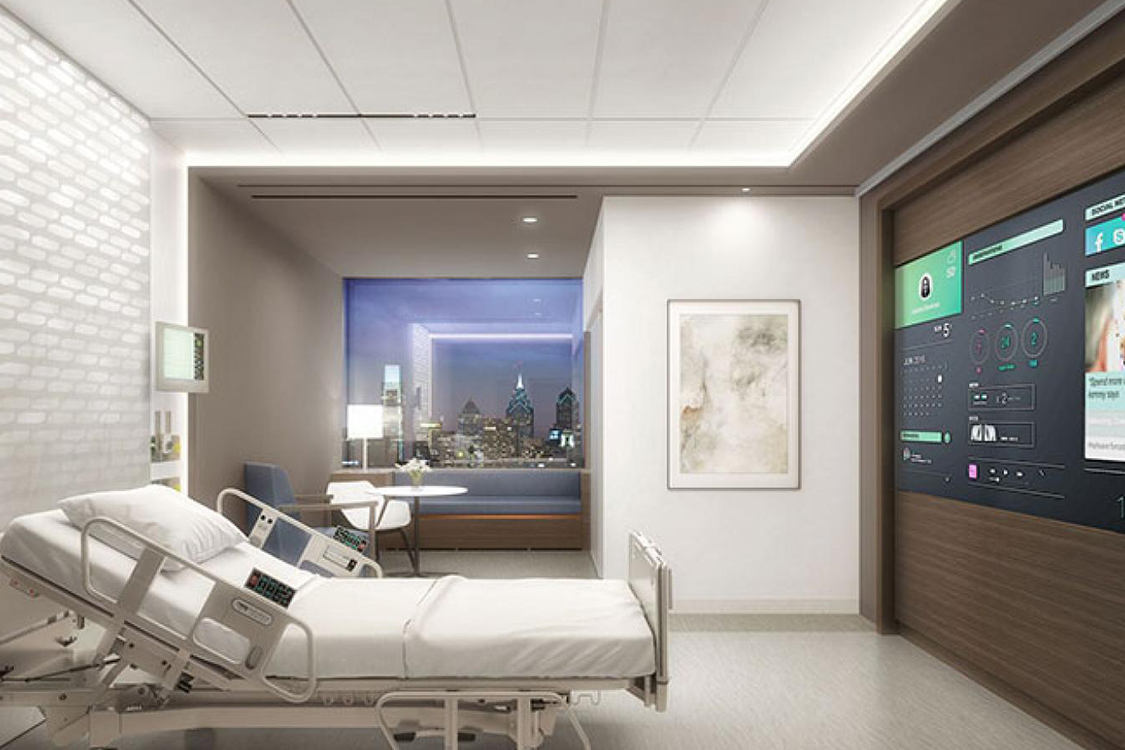
Designing a hospital’s interior goes far beyond aesthetics; it plays a critical role in enhancing patient experience, ensuring the safety and well-being of staff, and streamlining hospital operations. Whether you’re an administrator, architect, or interior designer looking to delve into the niche of hospital interior design, this ultimate guide will help you understand the crucial elements of creating a healing and efficient environment.
1. The Importance of Hospital Interior Design
Hospital interior design isn’t just about creating a visually pleasing environment; it’s about blending functionality with aesthetics to improve the overall healthcare experience. The design should cater to patients, healthcare providers, and visitors by creating a space that is comfortable, efficient, and supportive of healing.
Key benefits of effective hospital interior design include:
- Enhanced Patient Experience: Thoughtful designs can reduce stress, anxiety, and even pain for patients.
- Improved Staff Efficiency: A well-organized layout helps medical staff perform their duties with greater ease and speed.
- Increased Safety and Hygiene: Design elements that prioritize hygiene, accessibility, and safety can greatly reduce the risk of infections and accidents.
2. Key Elements of Hospital Interior Design
A. Space Planning and Layout
Space planning is the backbone of hospital interior design. The layout should promote smooth workflows and provide clear, logical pathways for patients, staff, and visitors. Efficient space planning can enhance operational efficiency, minimize patient waiting times, and ensure quick access to emergency areas.
- Zoning: Divide the hospital into distinct zones such as patient care areas, diagnostic zones, and staff-only zones to streamline movement.
- Wayfinding: Incorporate clear signage, color-coded pathways, and intuitive navigation tools to reduce confusion for patients and visitors.
B. Lighting
Proper lighting is essential in hospitals as it affects both functionality and mood. Natural light has been shown to improve patient outcomes and boost staff morale. Incorporate large windows, skylights, and light wells wherever possible.
- Task Lighting: Ensure sufficient task lighting in operating rooms, treatment areas, and nurse stations to enhance precision and reduce errors.
- Ambient Lighting: Soft, diffused lighting in patient rooms can create a calming atmosphere conducive to healing.
C. Color Schemes
Color plays a significant role in creating a therapeutic environment. Calming colors such as blues, greens, and pastels are ideal for patient rooms as they promote relaxation. Brighter colors can be used in pediatric wards to create a playful and cheerful atmosphere.
- Avoid Sterile Whites: While whites are synonymous with cleanliness, excessive use can create a cold and impersonal environment. Soften whites with accents of warm colors.
- Color Psychology: Utilize color psychology to select hues that can reduce stress and promote well-being.
D. Furniture and Fixtures
Hospital furniture needs to be comfortable, durable, and easy to clean. Ergonomics are especially important for both patient and staff comfort.
- Patient-Centric Design: Ensure patient beds, chairs, and side tables are adjustable and designed with patient needs in mind.
- Staff Comfort: Ergonomically designed workstations and seating areas can enhance staff productivity and reduce the risk of musculoskeletal issues.
E. Infection Control
Infection control is a primary concern in hospital design. The choice of materials, surfaces, and layouts should minimize the risk of cross-contamination.
- Antimicrobial Surfaces: Use materials like copper, stainless steel, and specially coated fabrics that inhibit the growth of bacteria.
- Easy-to-Clean Designs: Opt for seamless flooring, rounded edges, and wall panels that are easy to clean and disinfect.
3. Sustainable Hospital Design
Sustainability in hospital design is gaining importance as healthcare facilities strive to reduce their carbon footprint. Green building practices not only benefit the environment but can also improve indoor air quality and reduce energy costs.
- Energy-Efficient Lighting and HVAC Systems: Incorporate LED lighting, energy-efficient HVAC systems, and smart building technologies to reduce energy consumption.
- Sustainable Materials: Use eco-friendly materials like recycled flooring, low-VOC paints, and sustainable wood to create healthier environments for patients and staff.
4. The Role of Technology in Modern Hospital Design
Incorporating advanced technology is essential in modern hospital design. From telemedicine capabilities to smart beds and digital wayfinding, technology integration enhances the overall functionality of healthcare spaces.
- Telehealth Stations: Create spaces equipped with the latest telehealth technologies to cater to remote consultations.
- Smart Patient Rooms: Incorporate touch-free technology, smart beds, and integrated patient monitoring systems for enhanced patient care.
5. Working with an Interior Designer Specializing in Hospital Design
Choosing the right interior design services for your hospital is crucial. An interior designer specializing in healthcare environments understands the unique requirements and regulations associated with hospital design.
- Experience in Healthcare Projects: Ensure your interior designer has a proven track record in hospital or healthcare design.
- Compliance Knowledge: Familiarity with healthcare regulations, such as ADA compliance and infection control standards, is essential.
Conclusion
Hospital interior design is a complex but rewarding field that directly impacts patient care, staff efficiency, and overall hospital operations. By focusing on elements such as space planning, lighting, color schemes, and infection control, hospitals can create environments that support healing and well-being. Collaborating with experienced interior design services ensures your healthcare facility is not only functional and compliant but also a welcoming space for everyone who walks through its doors.
Whether you’re upgrading an existing hospital or designing a new facility, investing in professional hospital interior design will pay dividends in improved patient outcomes and staff satisfaction.